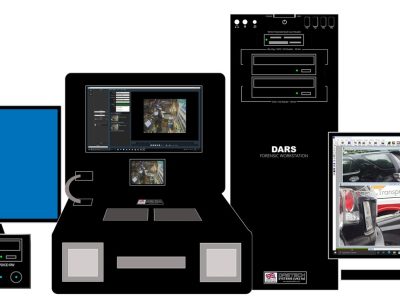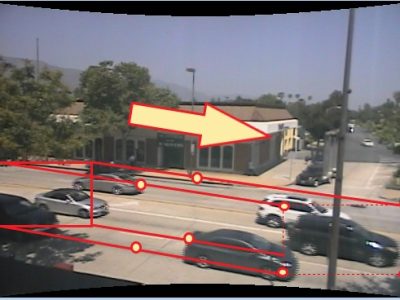How we consume and engage with content has evolved significantly over the years. With the rise of digital media, the demand for captivating visuals and engaging videos has surged.
In response to this demand, text-to-video conversion has emerged as a transformative technology, allowing us to seamlessly transform written text into dynamic and visually appealing videos.
This article will delve into the evolution of text-to-video conversion, exploring its origins, advancements, and impact on various industries.
The Emergence of Text-to-Video Conversion:
Text-to-video conversion represents a natural progression in the quest to enhance the visual impact of content. With the advent of technology, text-based content was initially supplemented with static images.
However, as audiences sought more immersive experiences, the need for dynamic visuals and storytelling grew. Text-to-video conversion arose as a solution, enabling the transformation of written text into videos that incorporated visual elements, animations, and sound.
Technological Advancements Driving Innovation:
The evolution of text-to-video conversion has been driven by advancements in technology, particularly in artificial intelligence (AI), machine learning, and natural language processing.
These technologies have enabled more sophisticated algorithms and models, allowing for better text analysis, semantic understanding, and automated video creation.
Improved processing power, coupled with vast amounts of training data, has enhanced the accuracy and efficiency of text-to-video conversion algorithms, resulting in more realistic and compelling video outputs.
Enriching Communication through Visual Storytelling:
One of the key drivers behind the evolution of text-to-video conversion is the power of visual storytelling. Videos have a unique ability to convey complex ideas, emotions, and narratives in a concise and impactful manner.
By leveraging text-to-video conversion, content creators can infuse their written text with visuals, animations, and audio elements, enabling them to tell compelling stories that resonate with audiences.
This evolution has revolutionized communication, enabling us to engage and captivate viewers in ways that traditional text-based content cannot match.
Transforming Industries And Applications:
The evolution of text-to-video conversion has had a profound impact on various industries and applications. Text-to-video conversion has empowered brands to create engaging video campaigns that grab attention and drive conversions in marketing and advertising.
E-learning and education have also benefited, as complex concepts can be transformed into visually stimulating video lessons that enhance student comprehension and engagement.
Additionally, industries such as entertainment, news media, and corporate communications have leveraged text-to-video conversion to deliver information, stories, and messages in a more compelling and memorable format.
Personalization And Customization:
As text-to-video conversion technology has advanced, so has its ability to personalize and customize video outputs. Through AI-driven algorithms, content creators can tailor videos to specific audiences, considering demographics, preferences, and behavior.
Personalization allows for a more targeted and impactful communication experience, fostering deeper engagement and connection with viewers.
The ability to customize video outputs has also facilitated multilingual adaptations, enabling content to be transformed into videos in different languages, broadening accessibility and reach.
Future Implications And Potential:
The evolution of text-to-video conversion is far from over. As technology advances, we can expect even more sophisticated algorithms, enhanced interactivity, and seamless integration with other emerging technologies.
The future holds the potential for real-time text-to-video conversion, enabling instant video creation from live text inputs.
Furthermore, the fusion of text-to-video conversion with augmented reality (AR) and virtual reality (VR) has the potential to create immersive and interactive experiences, further pushing the boundaries of communication and storytelling.
Conclusion:
The evolution of text-to-video conversion has transformed the way we communicate and engage with content. From its origins as a solution to enhance visual impact, it has grown into a powerful technology with far-reaching implications.
As industries continue embracing the potential of text-to-video conversion, we expect to see increasingly engaging and personalized video experiences.
As this technology evolves, the future holds great promise, pushing the boundaries of communication, creativity, and audience engagement, ultimately enriching how we consume and interact with content.











Comments